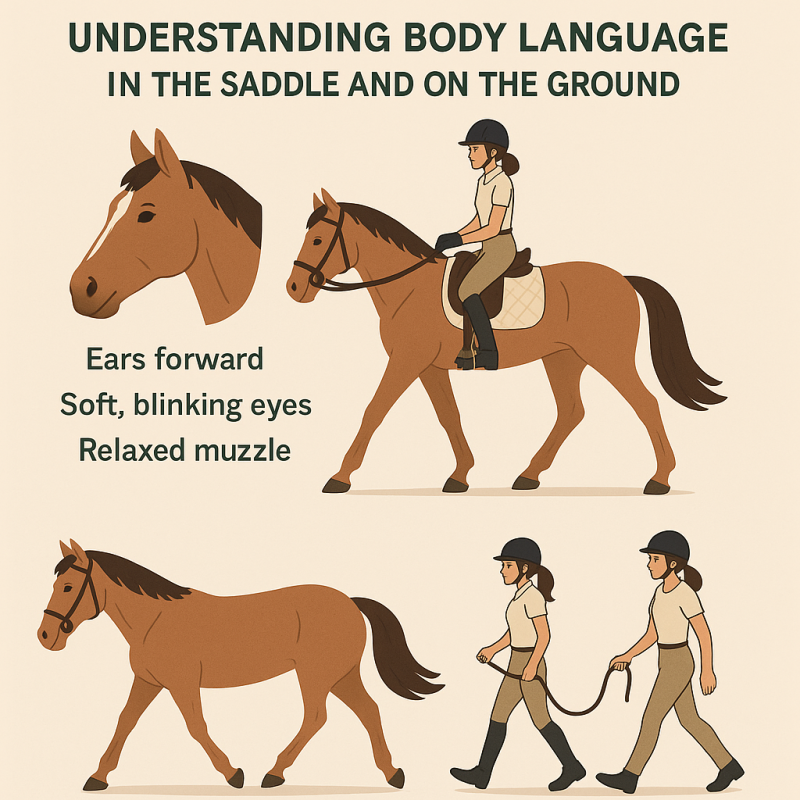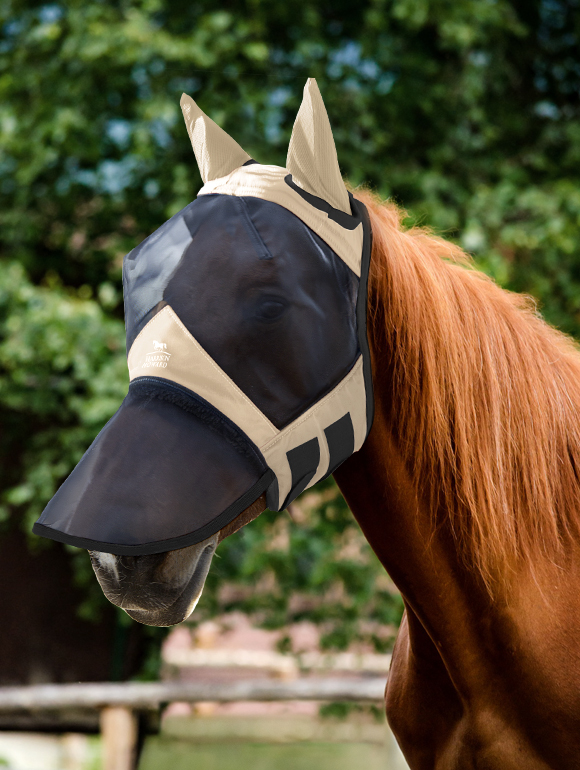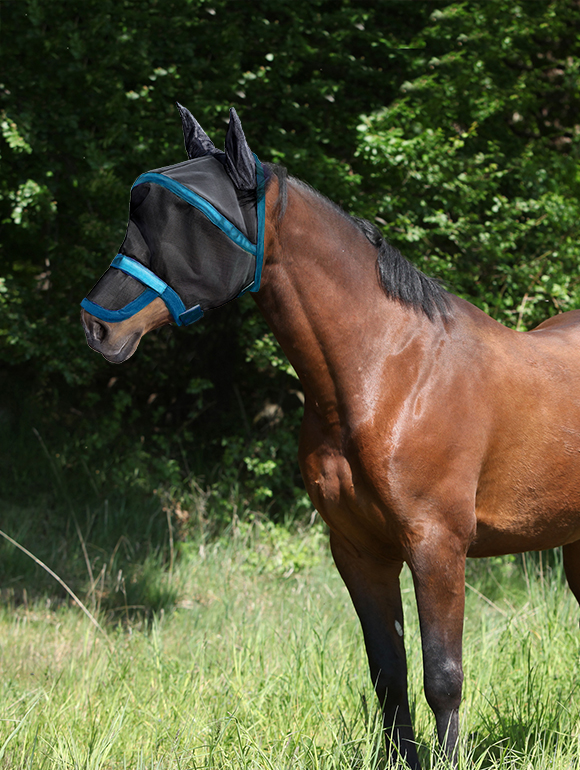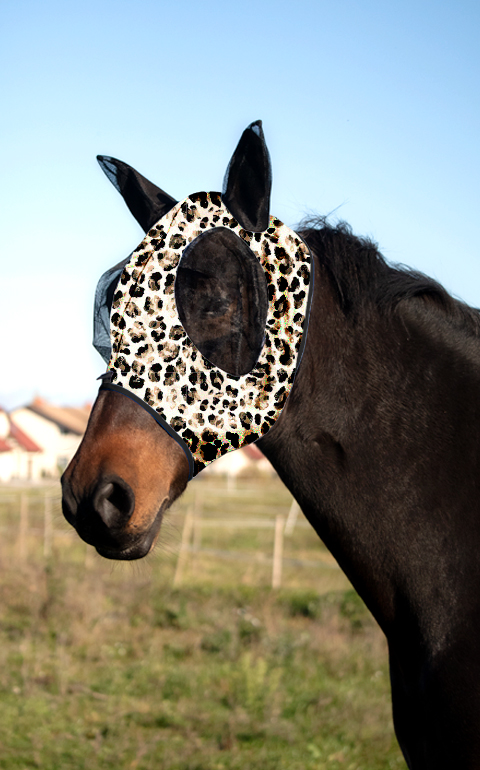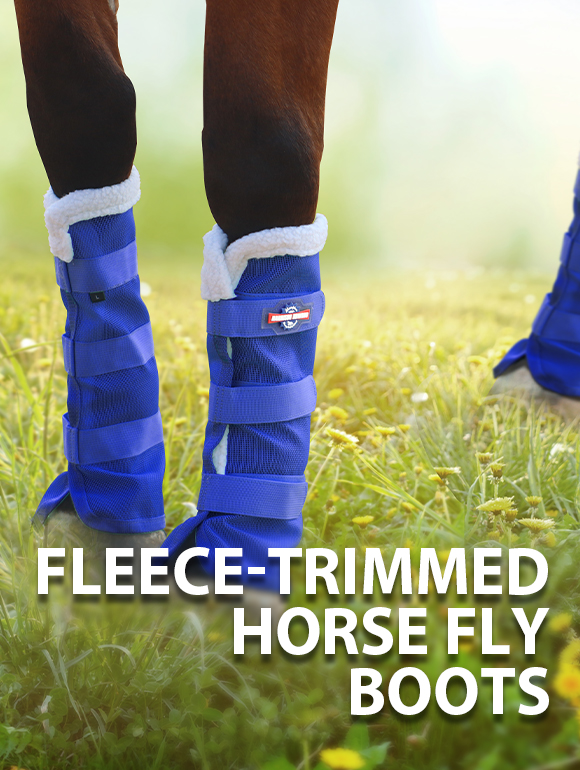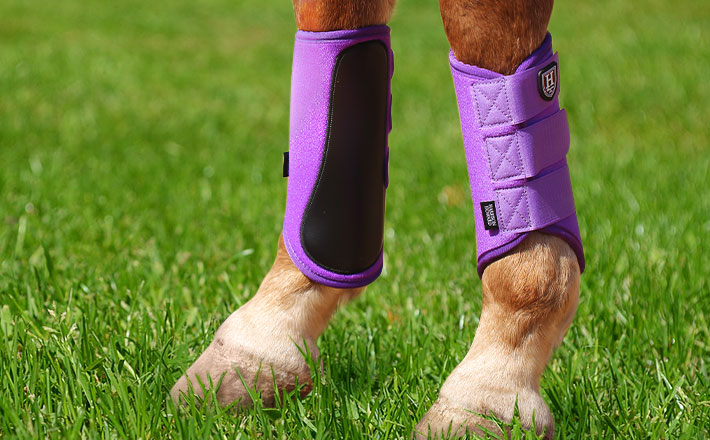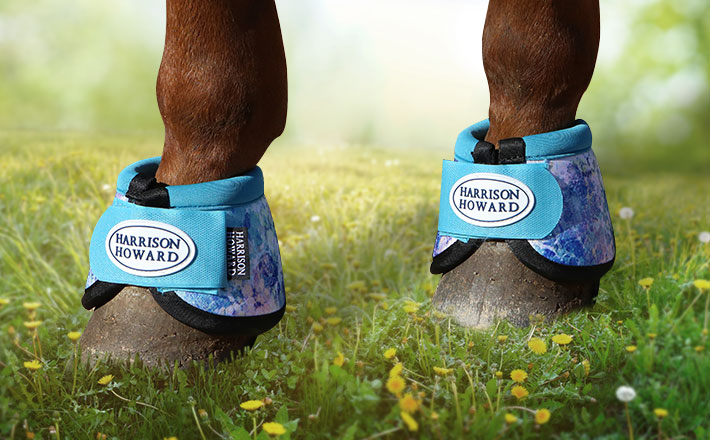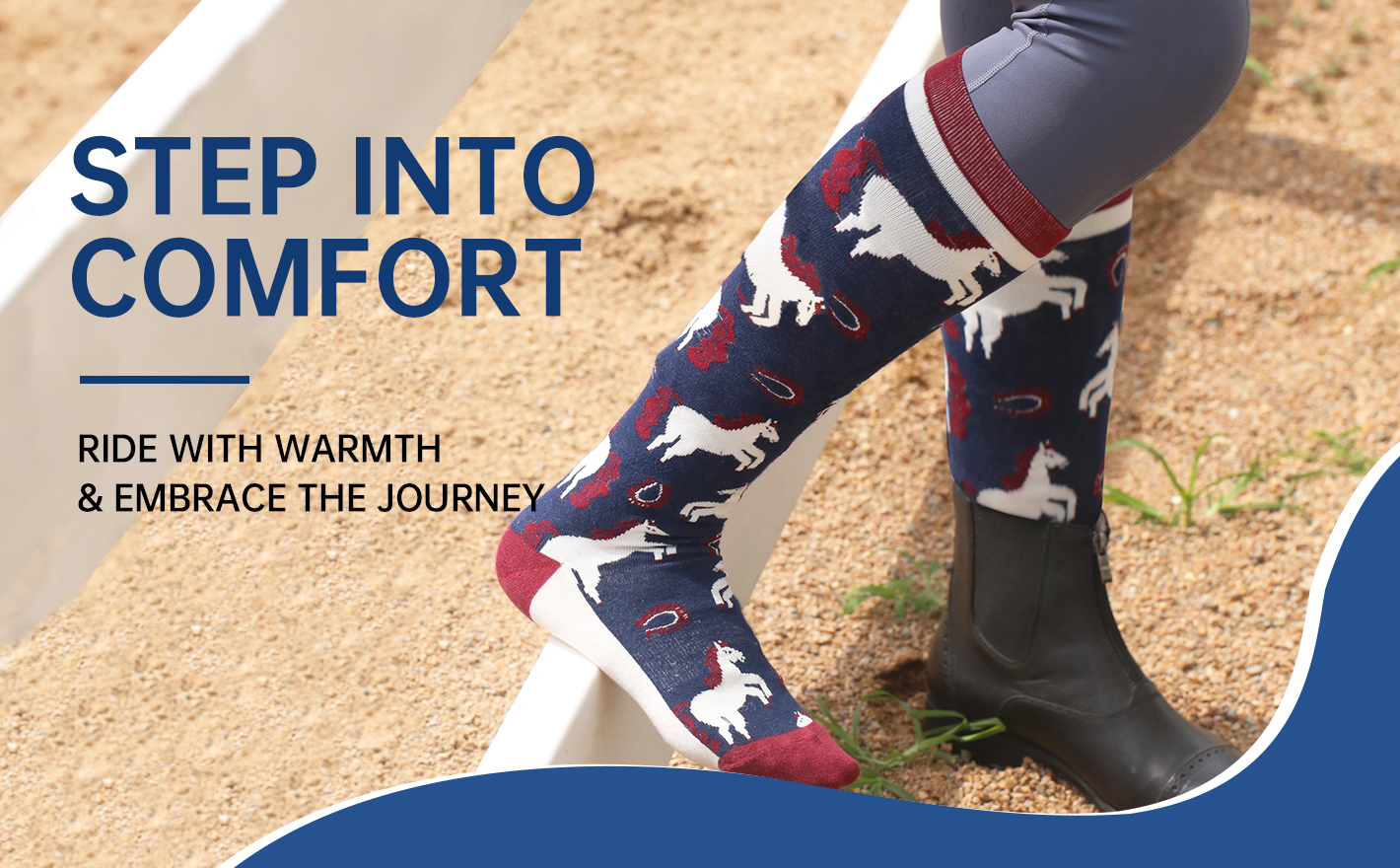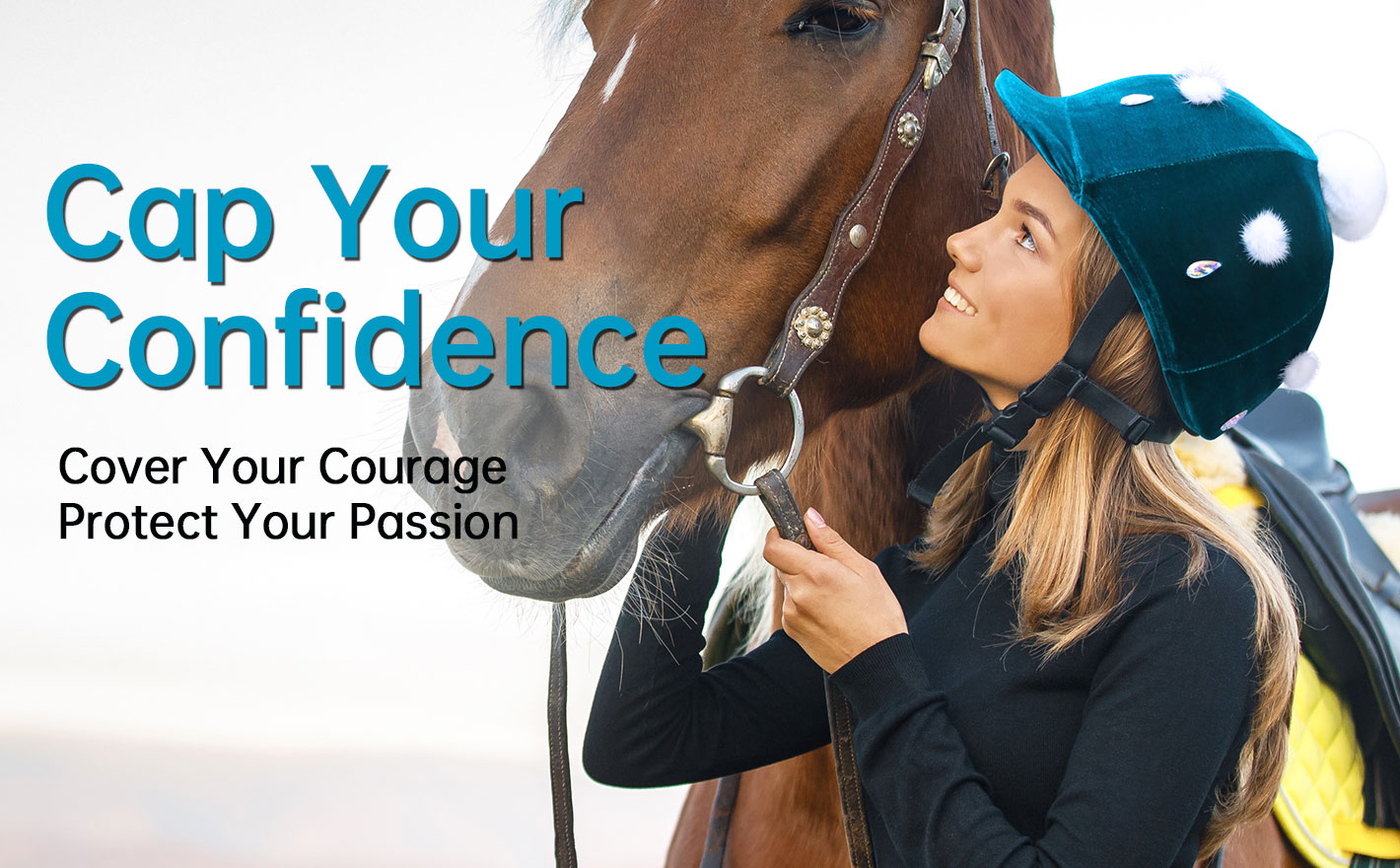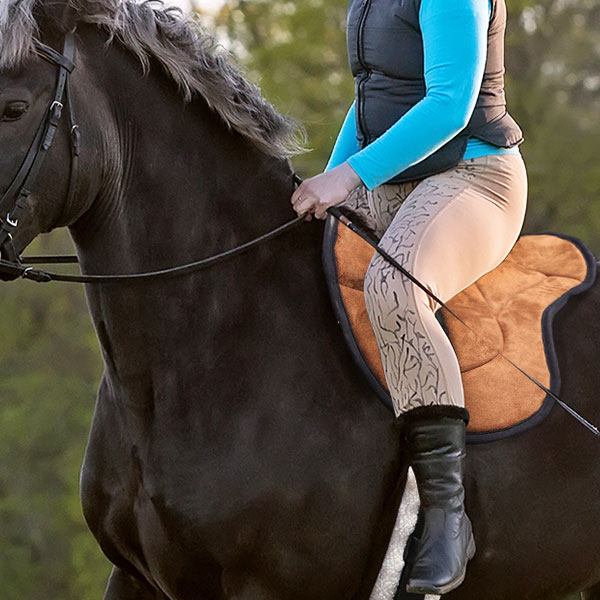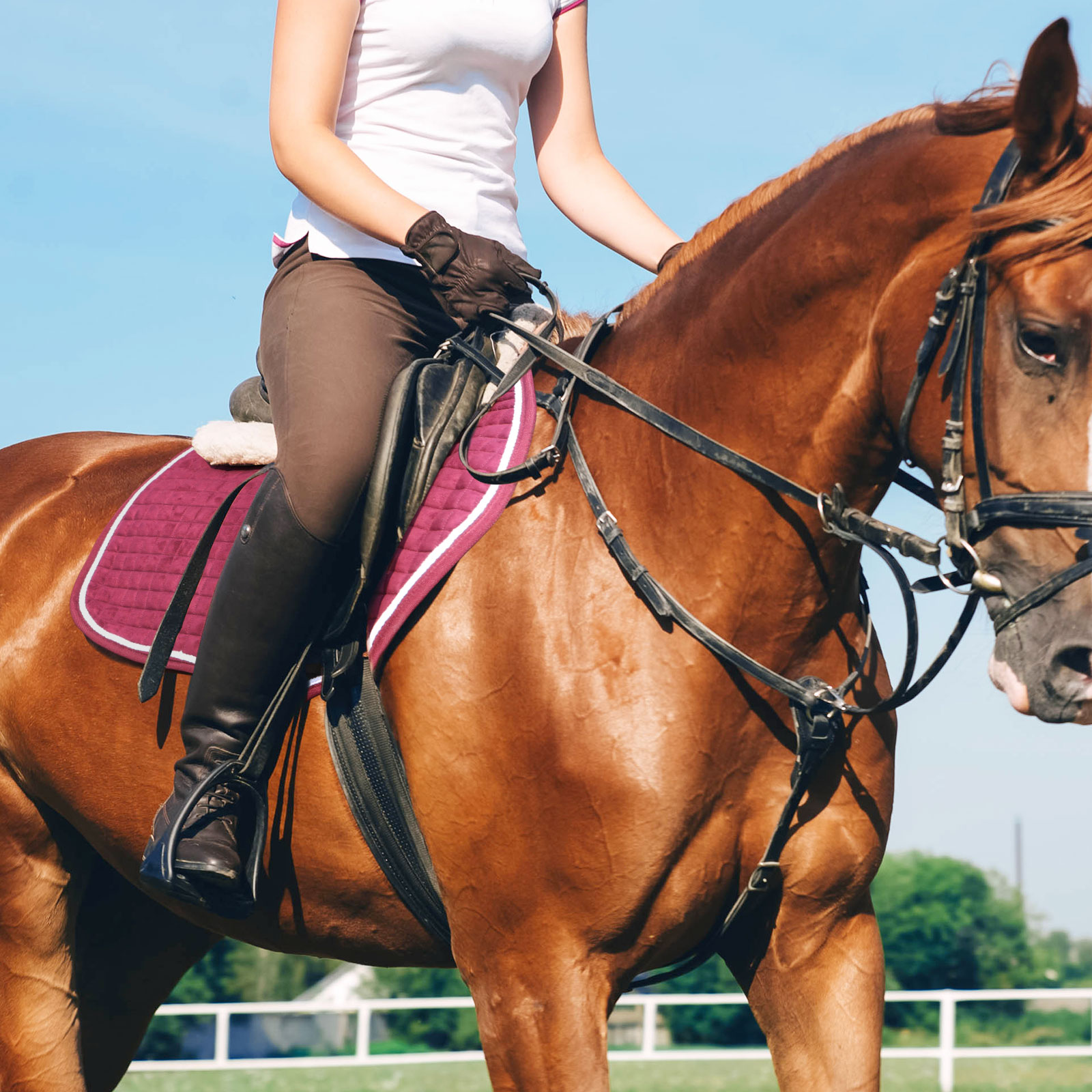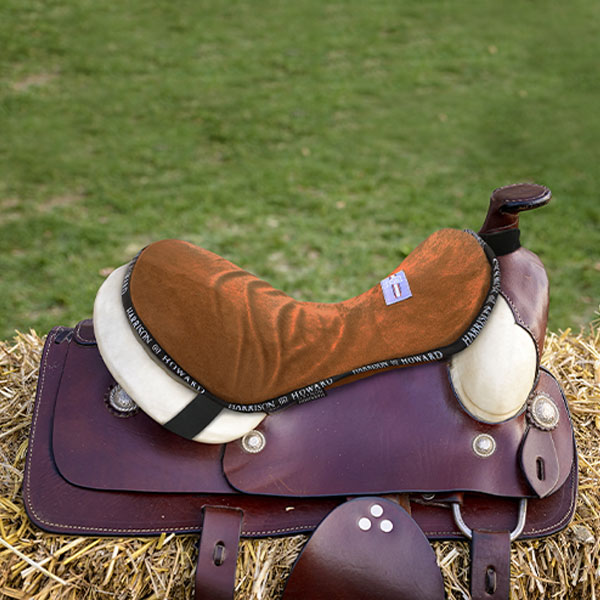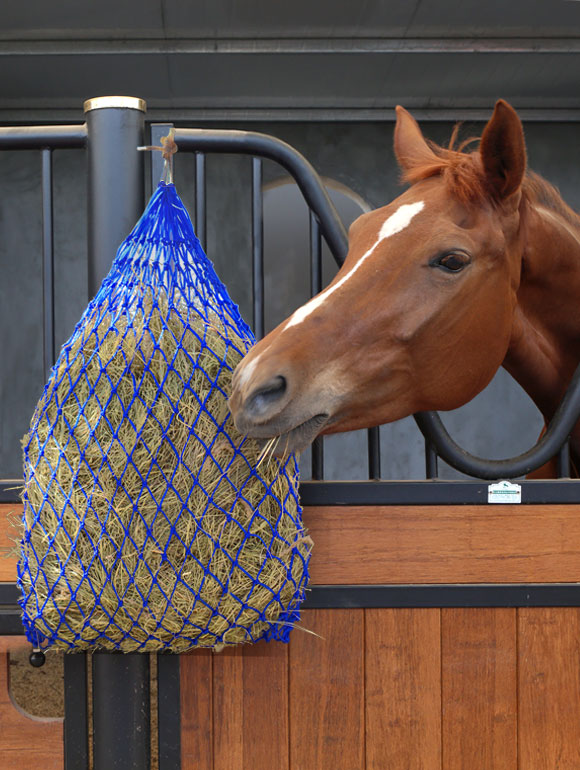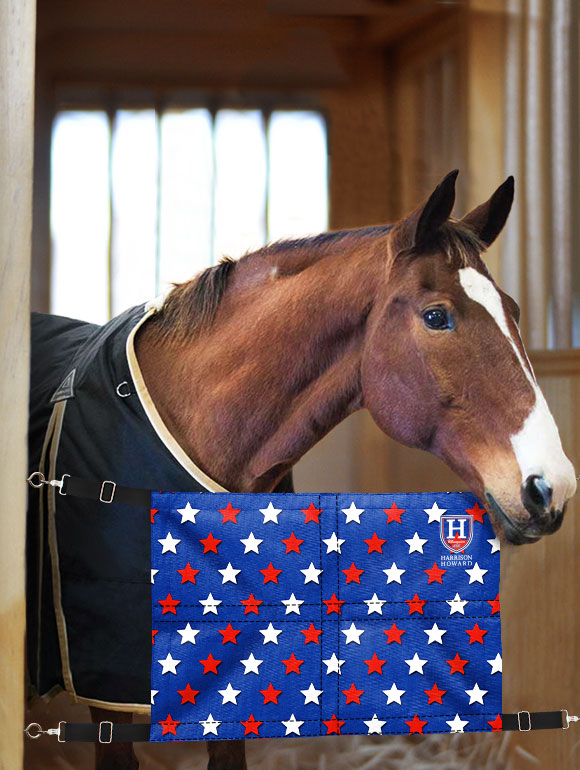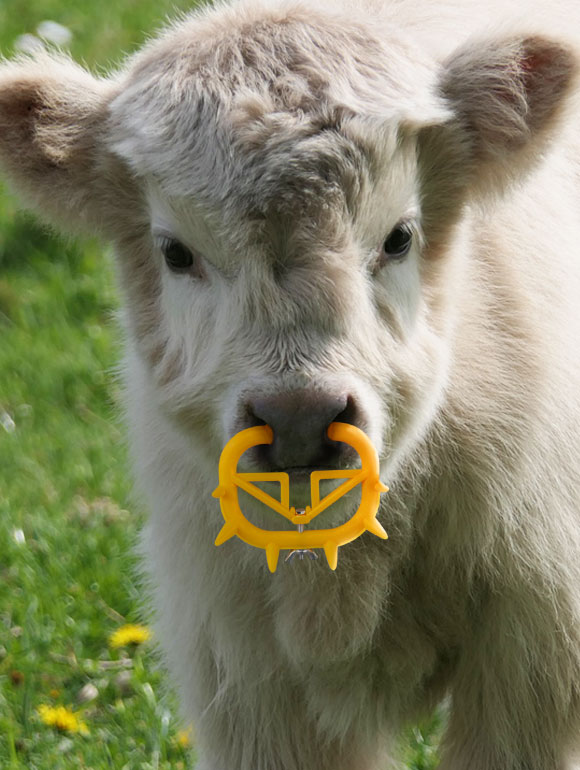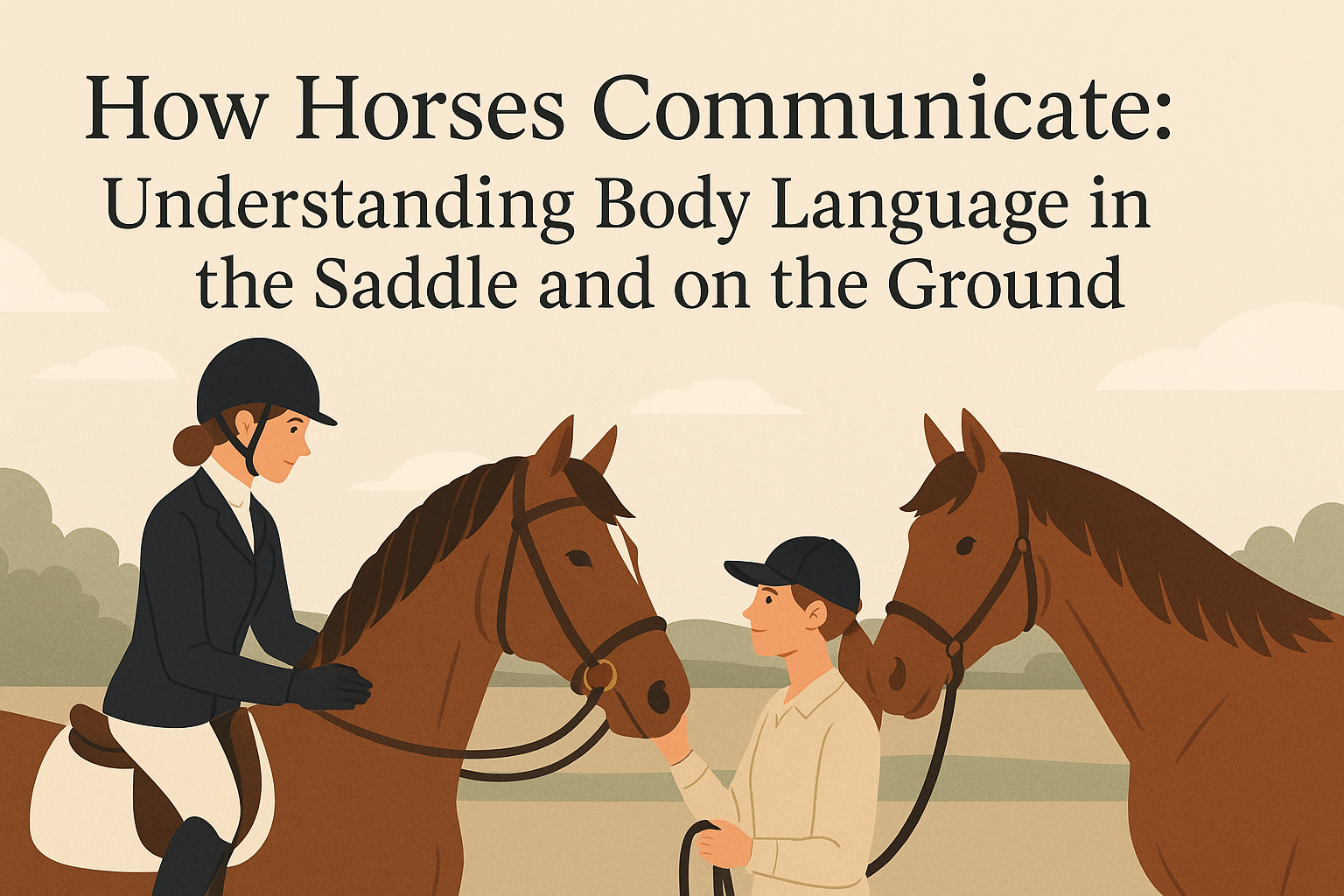Horses don’t speak with words, but they communicate constantly through movement, posture, and expression. For riders and caretakers, learning to read these signals is the key to better partnership, safety, and trust.
Horses often begin with the smallest cues. Their ears show where their attention is—forward when curious, gently to the side when relaxed, or pinned back when irritated or uncomfortable. The eyes and face offer even more clues. Soft blinking and relaxed muscles mean calmness, while wide eyes, a tight muzzle, or a raised head can signal stress or worry.
The rest of the body tells the larger story. A horse that is comfortable will move with steady steps, a loose tail, and relaxed breathing. Tension shows up through stiff muscles, sudden movements, or a swishing tail. When something doesn’t feel right—whether on the ground or in the saddle—a horse often signals before reacting.
Communication isn’t one-sided. Horses are sensitive to a rider’s balance, hands, breath, and emotion. A calm rider encourages a calm horse; a tense rider can create confusion or stress. When both sides listen, the partnership becomes smoother, clearer, and more confident.
Understanding body language turns riding into a conversation. It allows horse and rider to move together with comfort and trust—one stride at a time.
